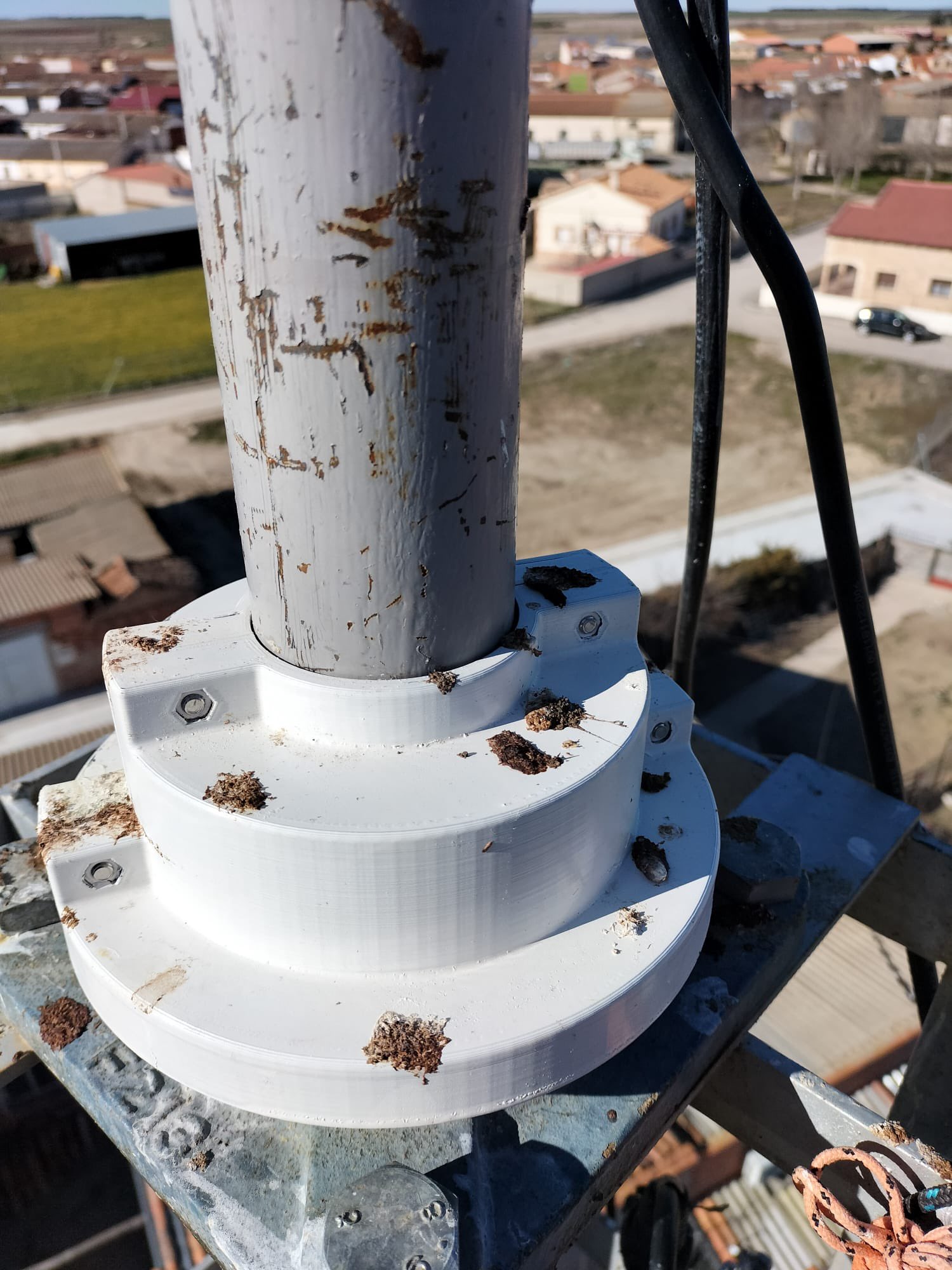Protector for SKF ball-bearings on antenna masts
At ED1R we use industrial ball bearings on our towers to turn the antennas. The ball bearings are reliable IF you protect them properly. We learned this lesson the hard way. After almost three years in service, I feel confident sharing our solution for adequately protecting the SKF bearings on antenna towers.
Choosing industrial bearings
We have used Yaesu GS-065 ball bearings for almost ten years, which have served well and never failed. Unfortunately, they only support masts with diameters less than 65mm. From 2017 to 2018, we rebuilt our contest station and upgraded the steel masts to larger diameters (up to 76,2mm - 30 inches) with thicker walls. With the diameters well above 65mm we couldn’t use the Yaesu bearings anymore. Luckily, SKF offers rolling bearings in various diameters and shapes, of industrial quality, and at an affordable price.
We installed on our towers UCF-217, UCF-216 and UCF-213 ball-bearings.
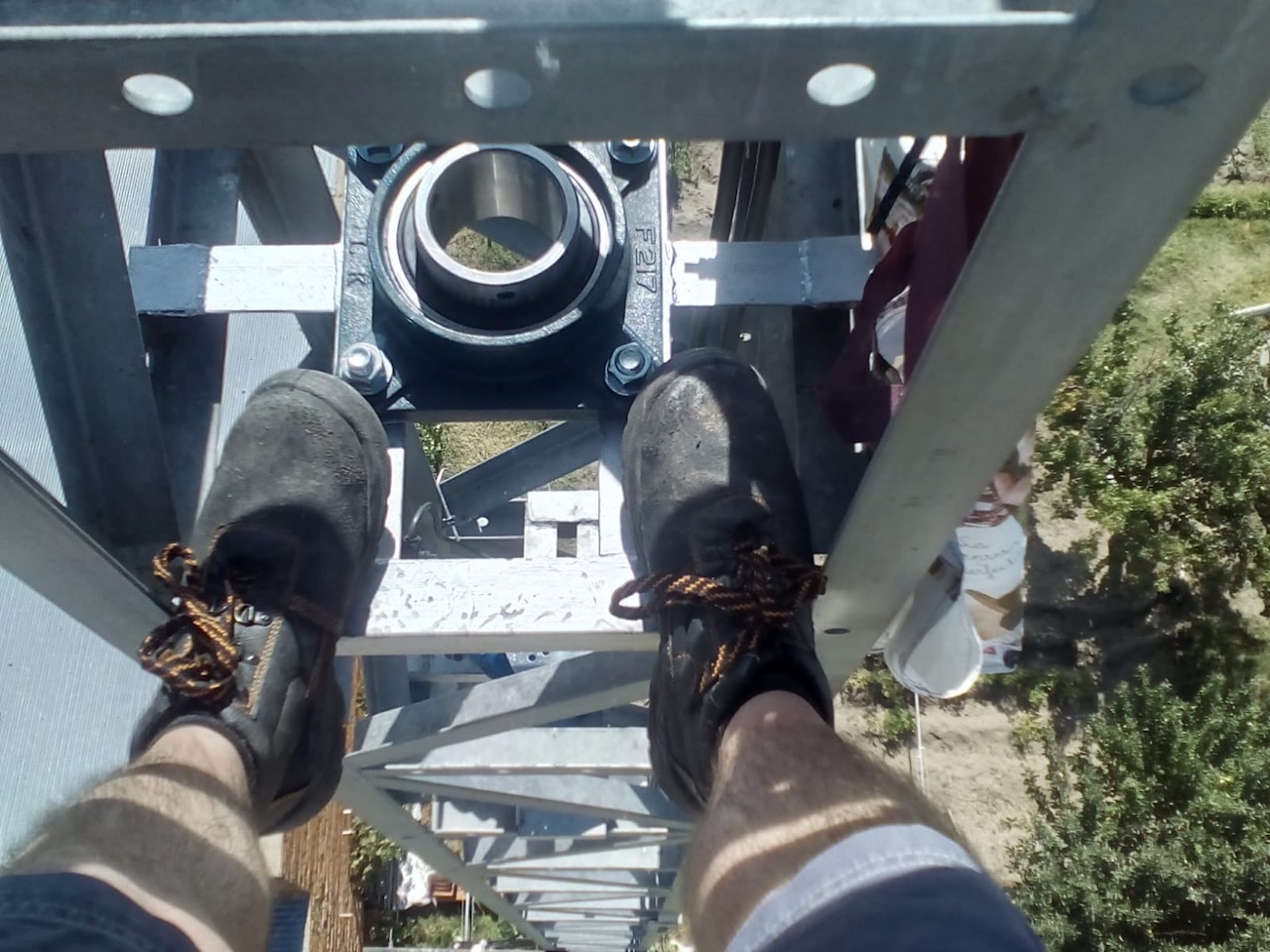
SKF UCF217 bearing after installation on the tower
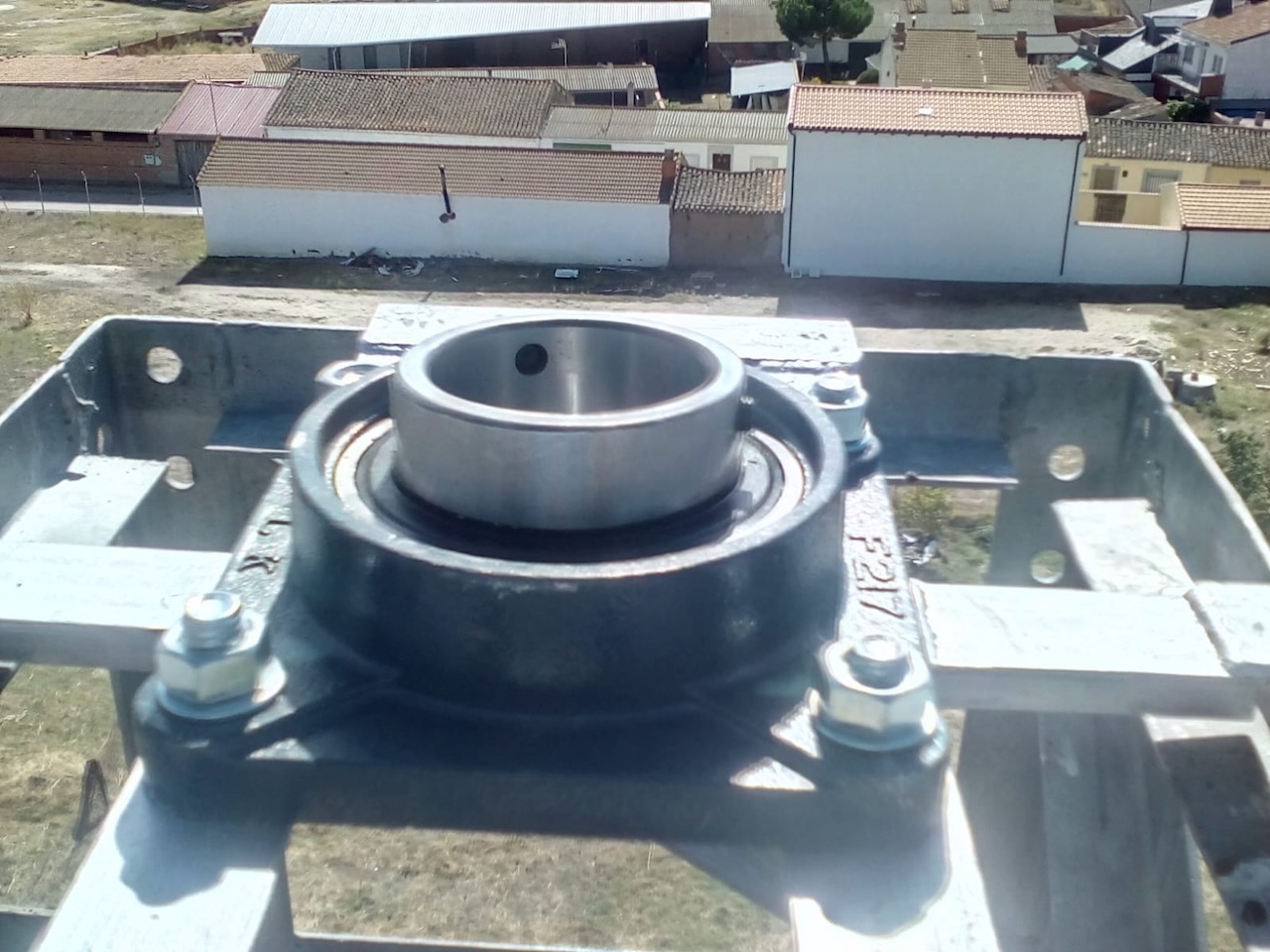
SKF UCF217 bearing after installation on the tower
The problem
After one year, two masts didn’t turn anymore. Visual inspection showed significant bird droppings and sand contamination from the nearby Sarah desert.

contaminated bearing
After cleaning the bearings with several cans of brake cleaner, the antennas were finally moving again. But it was obvious that a more permanent solution was needed.
The best solution
Ideally, you would consider the protection of your bearings before installation. A great example is the picture below from Peter, DJ7WW. Peter covered the bearing hermetically with a flexible rubber, similar to axle boots used in cars.
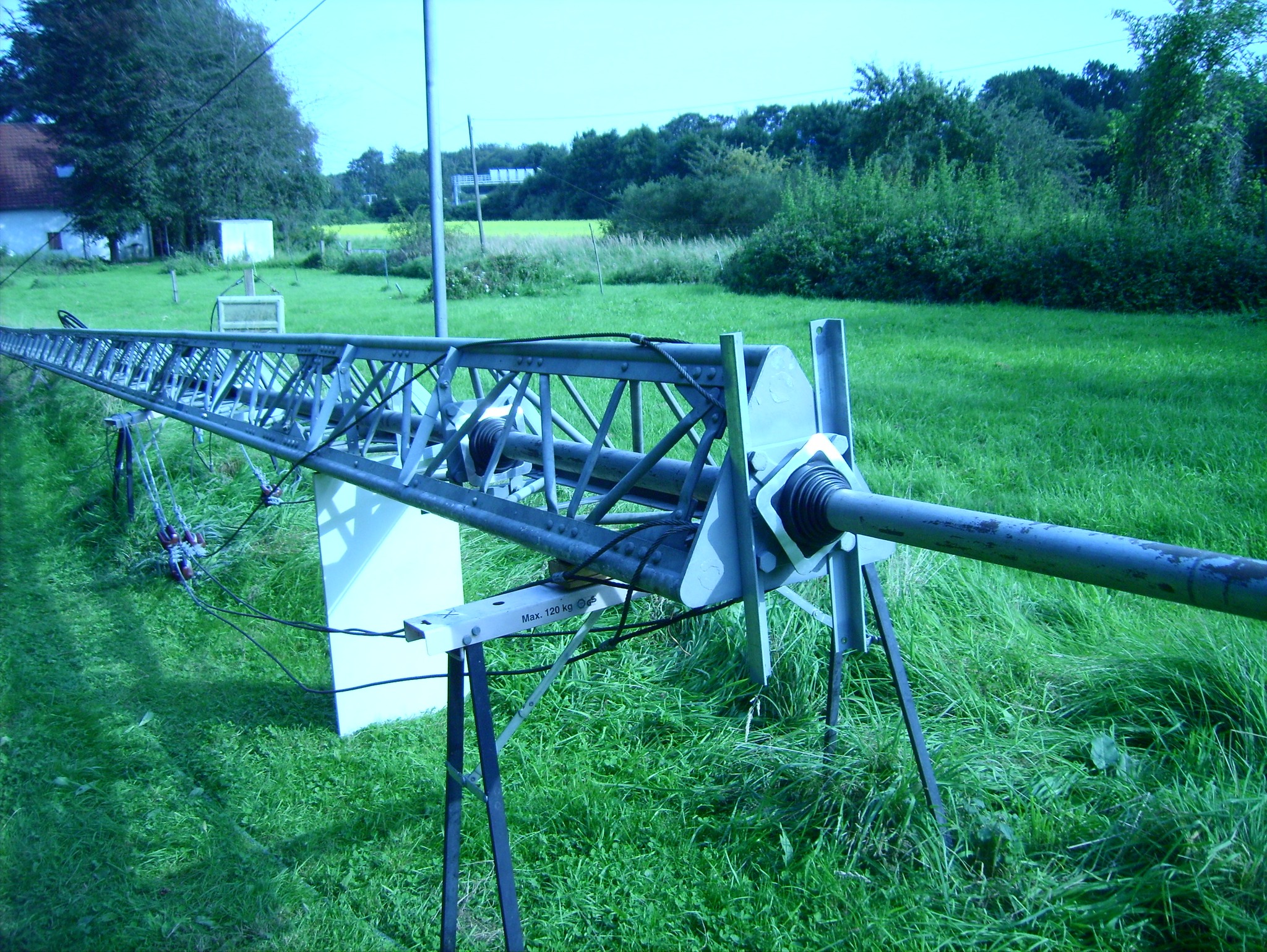
rubber boot protector installed by DJ7WW
This rubber boot protector must be installed when the mast is introduced into the tower BEFORE antennas are attached.
The second best solution
We needed a solution that could be added to the bearing with the mast and antennas already installed. I’m not a mechanical engineer, but luckily, my CAD skills improved since I started working with 3D printers. The design I came up with consists of two shells attached in the center to the mast. Both shells are pressed against together with M5 screws. An additional 3mm rubber string acts as a gasket, reducing water and dirt from leaking through the cracks.
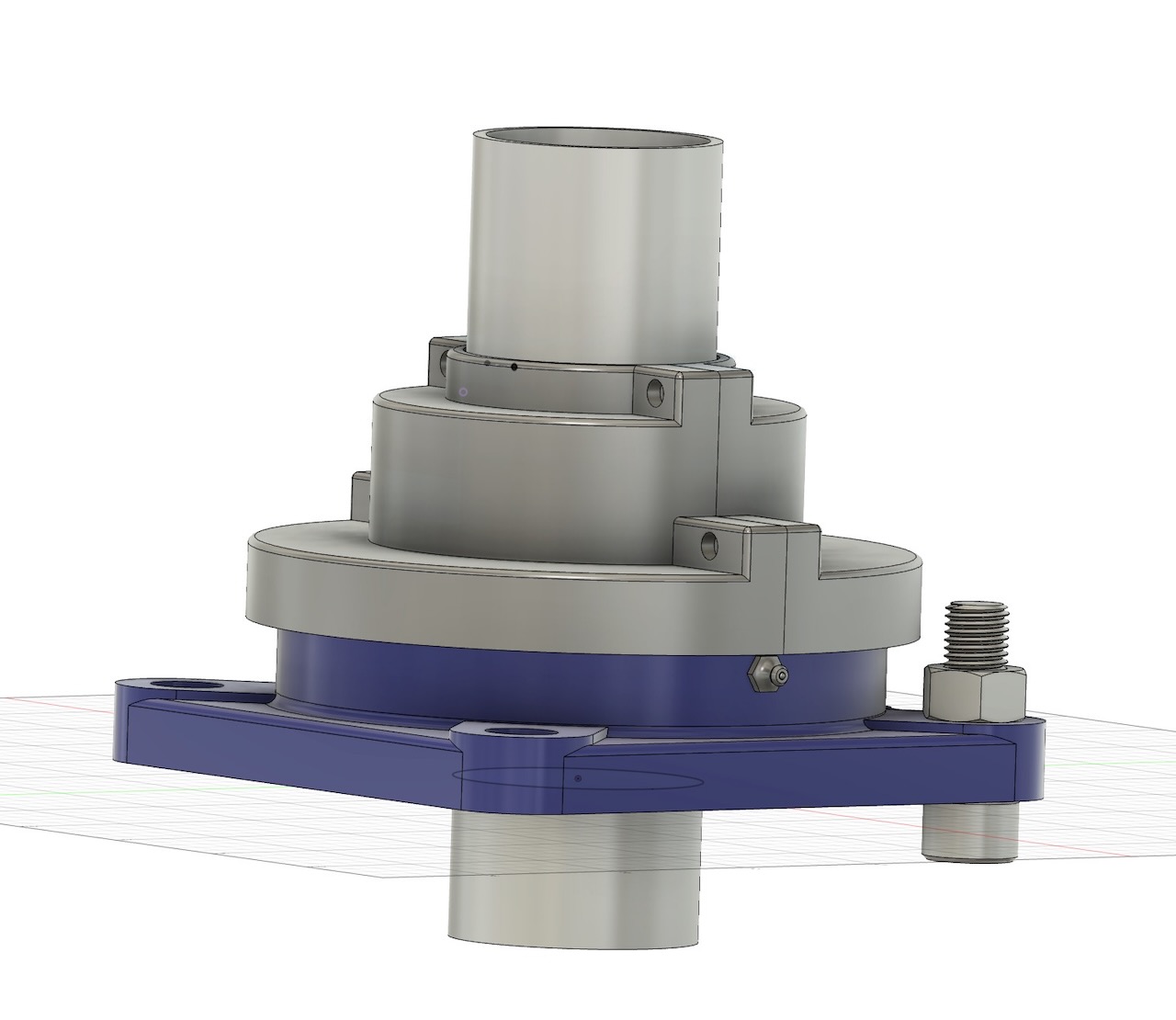
3D Model of the protector assembly (front view)

3D Model of the protector assembly (back view)

Half of the assembly

Section cut of the assembly with the SKF ball bearing
Production
After confirming the design by printing a scaled-down model, my 3D printers were busy for a few days. I designed the ball-bearing protectors so that each part would fit on a standard 220x220mm print bed. I decided to print the bearing protectors in PETG over PLA due to its higher temperature and better UV resistance. Today, I would probably print them in ASA. If I remember correctly, each part took around 20 hours of print time.

Printing one shell at a time on an Creality Ender5

3D printed bearing protector



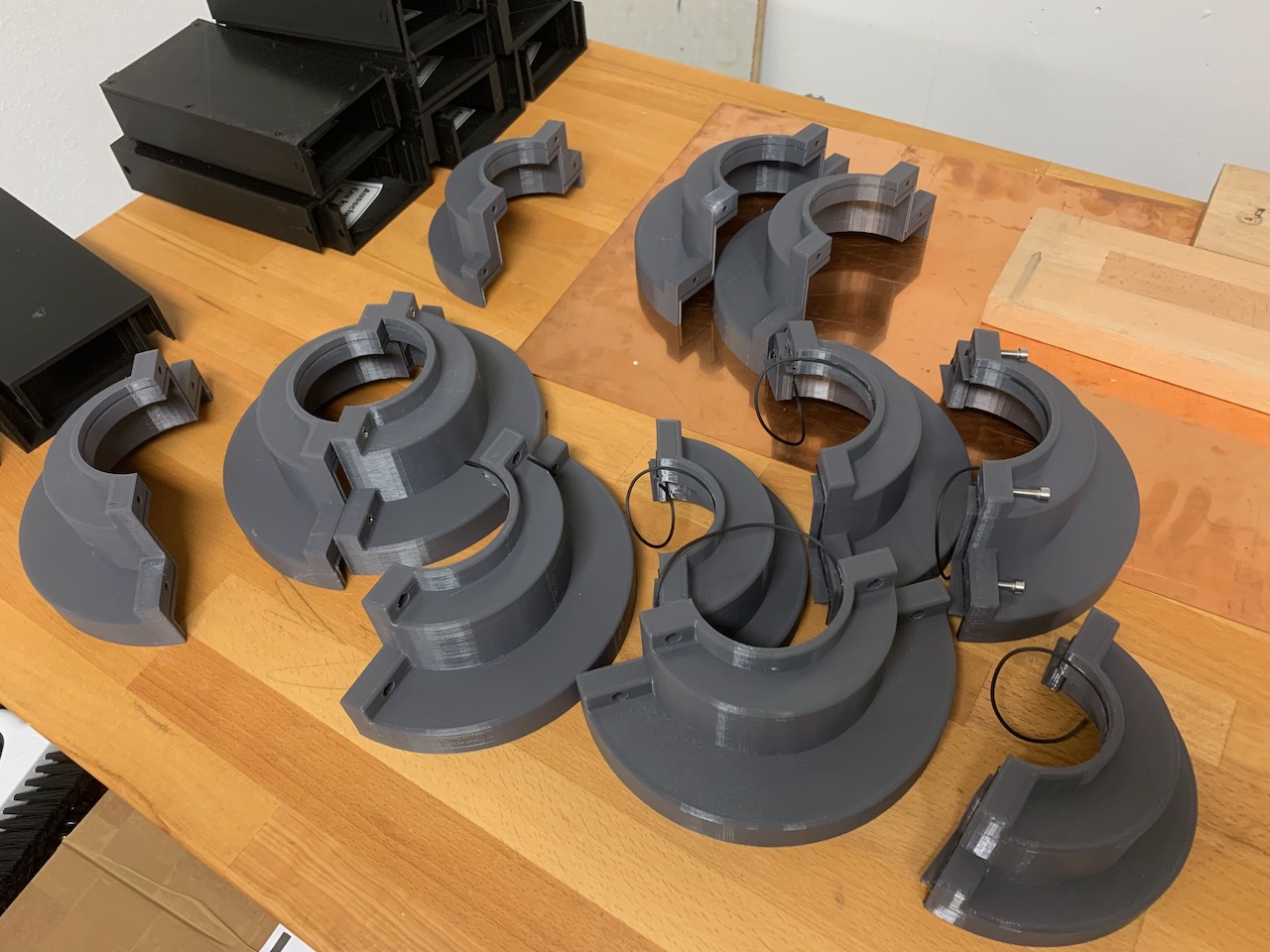
After printing, I sanded the parts and applied a layer of primer and multiple layers of white paint to increase the UV resistance further.

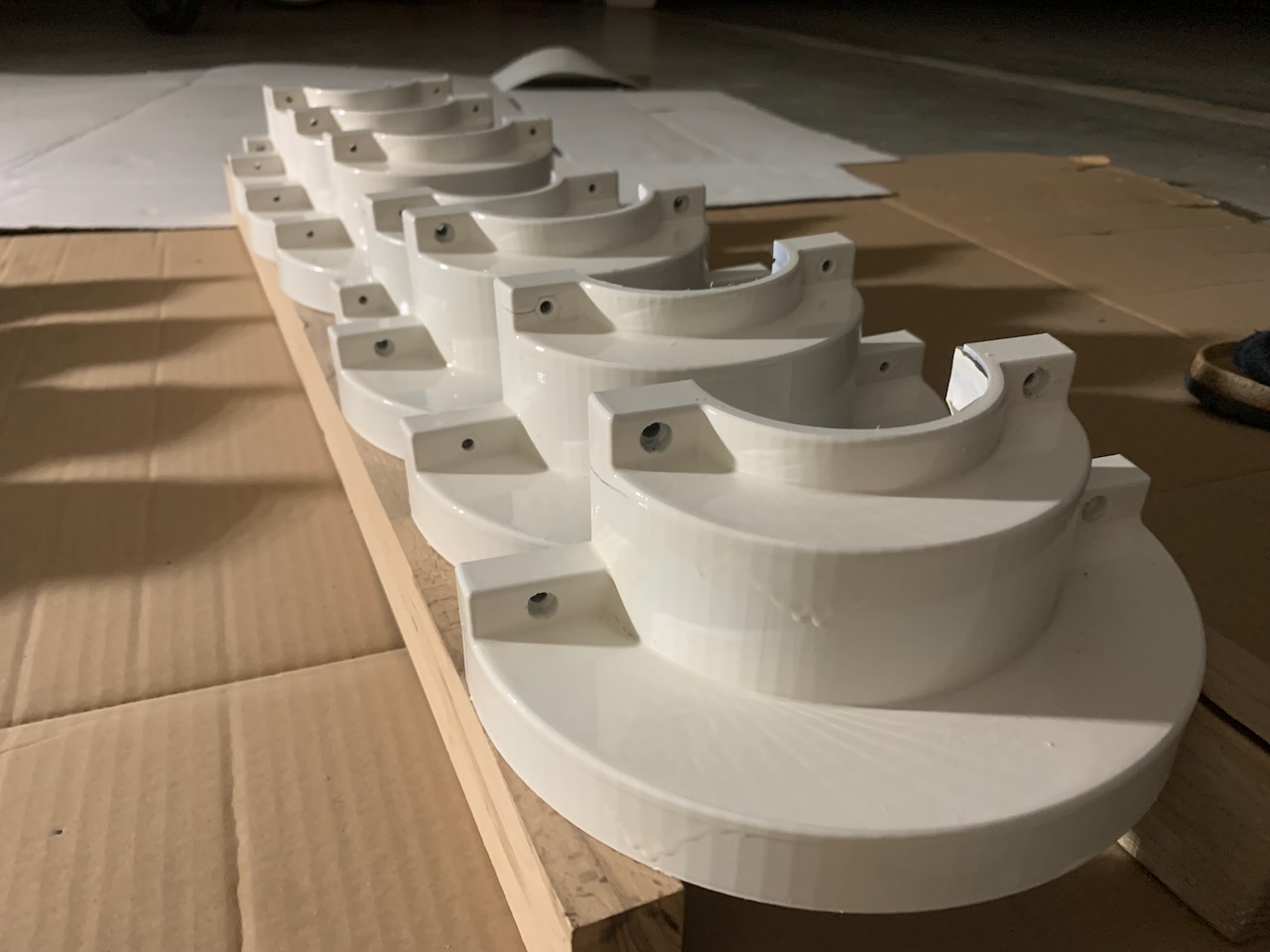
Installation
Back in Spain, we installed the ball-bearing protectors back in 2020.
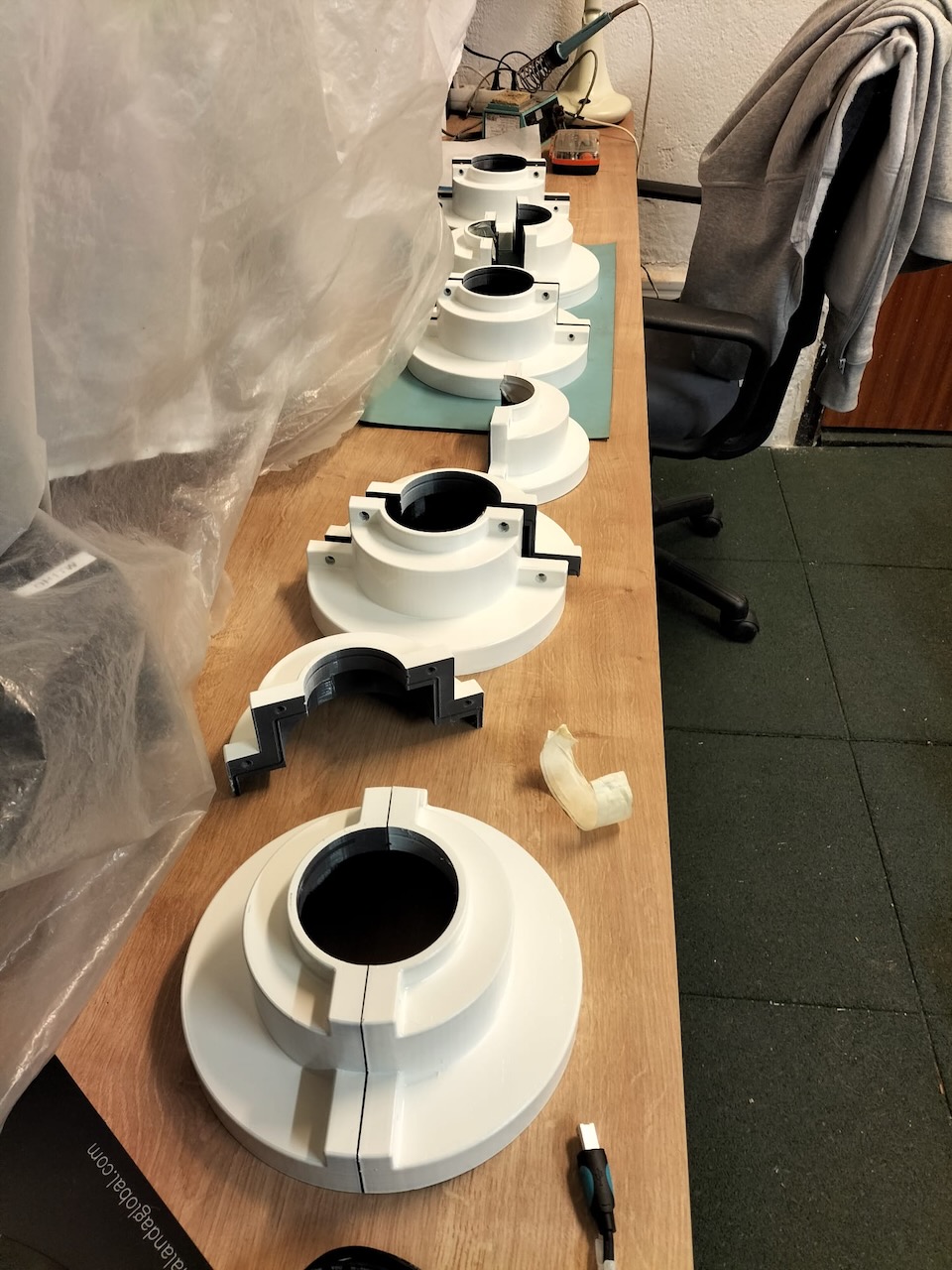

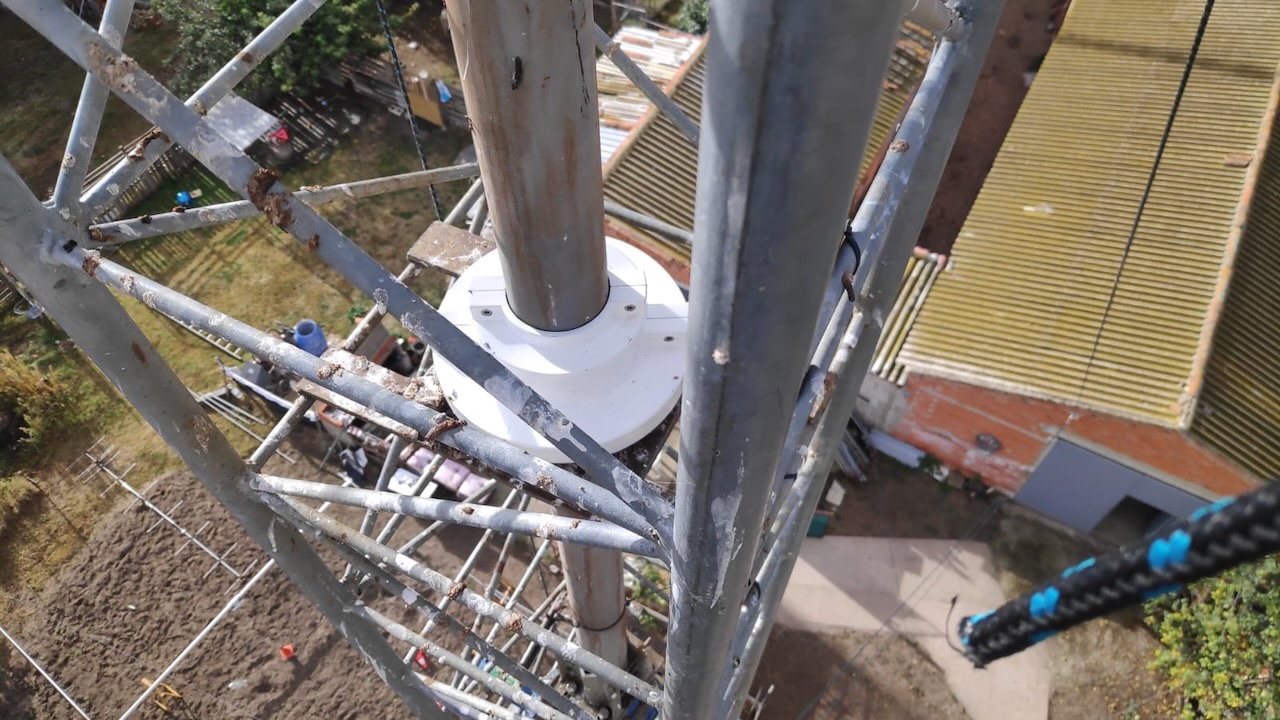

3 Years later
3 years later, all masts are still turning smoothly. Last year, in 2023, we visually inspected the bearings and the protectors. We were pleased with the result. The bearing was clear of dirt, and the plastic of the protectors was still in good shape despite the hard UV exposure under the Spanish sun.

Visual inspection of the ball bearing protectors after 2 years
